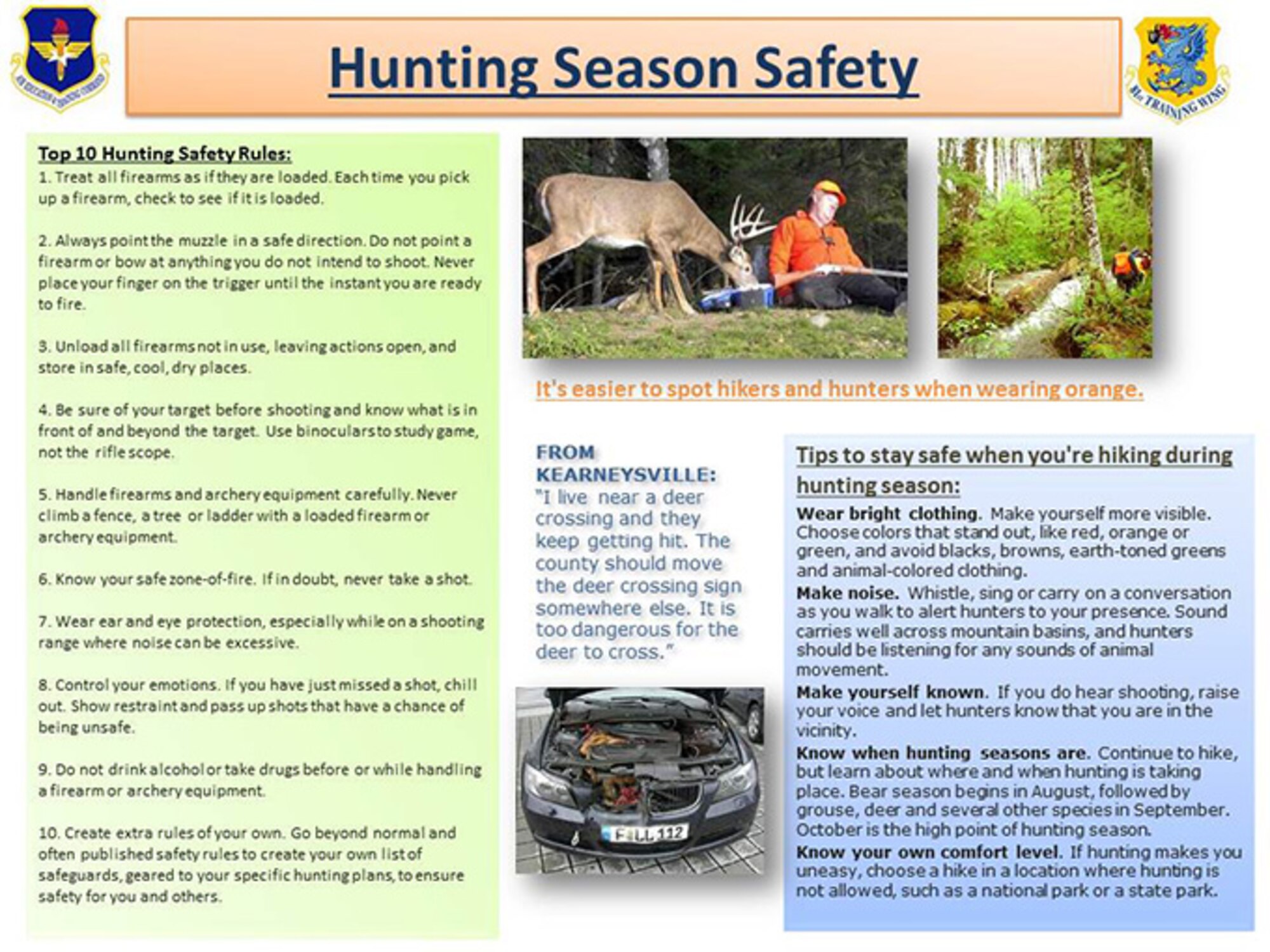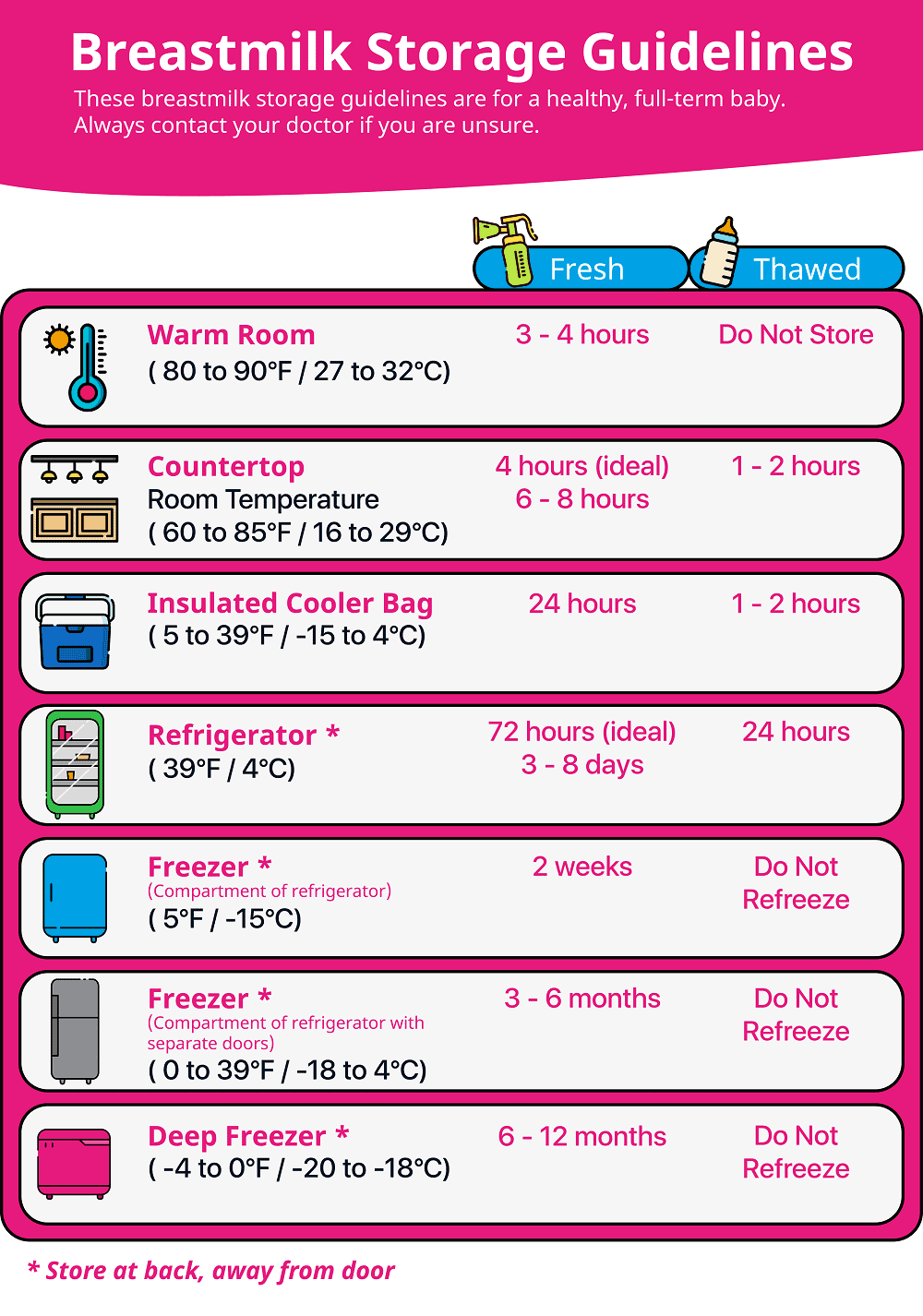Daycare Outside Temperature Rules - Colder seasons are at an increased risk of extreme weather conditions. in the form of cold weather and wind chill factors It is very important that children come to school dress appropriately for the weather. However, student safety is the most important consideration when taking students on vacation during extreme cold weather. This guideline is intended to help principals make decisions about outdoor recess and outdoor playtime at lunch or dinner. Allowance for a "nutritional break" to attend school or take other precautions on very cold days Wind chill was an important deciding factor.
The wind chill factor measures the sum of wind chill and temperature. The advantage of the Wind Chill Factor over other measurement methods is that it represents the actual cooling rate. For example, a specific combination of temperature and air velocity can be related to the rate at which a texture freezes. The texture is frozen at 1625 square watts per meter. A wind chill factor of 1,500 would be considered too cold for outdoor play.
Daycare Outside Temperature Rules

When the wind chill factor is -20°C or colder As reported by Environment Canada, principals should consider reducing the amount of time students are exposed to. Other factors to consider before sending a child abroad should include:
Happa Baby Daycare
Weather information can be obtained from Environment Canada Weather Information at http://weatheroffice.ec.gc.ca/index.html. The observed wind chill factors published at this location by Environment Canada Appendix 1 will assist principals in determining the severity of a given wind chill factor. Some schools across Northeast Ohio have issued early releases for sweltering temperatures. Noble Academy opened Early Release today at 1pm for "extreme heat expected".
Ten capital schools were dismissed early today due to extreme heat: Benjamin Franklin, Charles Eliot, Collinwood, Charles Mooney, Raven. Rarrett Morgan, Iowa-Maple, Louis Agassis, Tremont Montessori, Valley View Boys Leadership Institute and William Cullen Bryan.
The Metropolitan School District started thinking about early releases when the heat index reached the 90s. They outlined the following protocols used during school hours when dangerous heat values were imminent:
There is a rigorous cooling system condition monitoring plan. and will move students to a cooler location if there are problems
Ross County Daycare Centers Reopen Amid Responsible Restart Ohio Plan
The Child Nutrition Department will provide cold water, small boxes and will continue to monitor the condition of each classroom.
If you are in a school without air conditioning A fan blows hot air around it. A dark classroom, and a teacher on Facebook begging for prayers to get through it.
Do you remember those days? A dull afternoon at the start of the school year. But too hot, how hot will it be? This can depend on a number of factors. So let's break it down.

Heat Index: When it comes to dangerous heat conditions. It's not about temperature. It's something called the heat index. According to the National Weather Service, the heat index is the temperature it "Feels Like," which includes both temperature and humidity.
Kids Play Outside Unless The Temperature Is Less Than 32, Be Sure To Bundle Up
The way to cool your body is by sweating. when abnormal humidity is The air is already saturated with humidity. Therefore, it is difficult for your sweat to evaporate from your skin and cool you down.
So the heat index looks at how easily your body can take increased heat. The National Weather Service has outlined what it considers safe. And what is the dangerous heat index? Heat index above 90 degrees, you must use extreme caution. And a heat index above 103 degrees is considered dangerous. Heat index above 125 degrees? extremely dangerous
This is why sometimes you may see a "Heat Advisory" that applies to your area. These advisories are usually issued when the heat index exceeds 100 degrees.
The main advantage of air conditioners is not just temperature control. but also humidity control
Holiday Fund: Making Child Care Work During A Pandemic
Your child's age: According to the Mayo Clinic, the younger your child, the better. The central nervous system is less developed. And even more difficult for them to withstand the increase in body temperature. High school teens can withstand higher temperatures and heat indices than elementary school kids.
OSHA recommends office temperatures of 68 to 76 degrees, with humidity of 20 to 60 percent, temperatures above 91 degrees.
But to protect students and teachers in hot weather buildings. You need to know the signs of heat exhaustion and stroke.

What do you think about school closings and early releases on particularly hot days? Is it safer to bring children? leave school When can some people come home to an air-conditioned home and others can't? Let me know!
What This National Daycare Center Is Doing To Stay Open Safely
If you purchase a product or register an account through one of the links on our website. We can get compensation. with the polar phenomenon The Vortex That Sweeps Through the Midwest It might make sense that winter forced Michiganians to hibernate until March. For those bringing children, winter brings new challenges. As temperatures drop and spending time outside becomes more difficult.
Getting the recommended 60 minutes of physical activity each day for your child can be difficult, but it is essential. Going outside helps prevent extremism. It helps to get enough fresh air and exercise. Although taking the children Going out will be important and will still be an option in the winter. But the temperature and wind chill require caution.
In general, you should use cold air to determine if it is too cold to play outside. In general, when the air is 32 degrees or higher, it is safe to stay outside. In 13 degrees to 31 degrees, indoor breaks should occur. Every 20-30 minutes for wind chill 13 degrees and below. You should move indoor and outdoor activities because the cold is growing fast.
Another factor to consider is when the child is at school and participating in recess activities. There are currently no national regulations on temperature standards for children outside the home. The best way to prepare is to provide your child with appropriate clothing and warm weather clothing. Be sure to dress in layers. At first, the child should wear a hat, mittens or gloves. A good choice for children is a bandage that covers the head and neck at the same time. For babies and children who are not yet able to move It is important to check your hands and face to make sure they are not too cold. Watching the weather is part of a babysitter's job. Planning playtime, field trips, or weather safety is part of a daily routine. Climate change forces childcare providers to determine the health and safety of children, what clothing, drinks and protective gear are appropriate. Clothing for children to maintain a comfortable body temperature. (Warmer months - light cotton. Colder months - wear clothes) Drinks help the body maintain a comfortable temperature. Water or fruit juice is best. Avoid sugary drinks and soda drinks. Sunscreen can be used all year round. Use sunscreen labeled SPF-15 or higher. Read and follow all label directions for sunscreen products. Look for sunscreens with UVB and UVA protection. Indoor playgrounds protect children from the sun.
Allstar Kids Daycare
Babies and toddlers cannot tell caregivers if they are too hot or too cold. Children are anxious when they are uncomfortable. Babies/toddlers tolerate outdoor play for a shorter period of time. Dress your baby/toddler in light cotton or cotton-like fabrics during the warmer months. in cold or very cold months Layer your baby's clothes. to keep warm Protect babies from the sun by limiting their time outside and playing indoors. Give them a drink when playing outside.
Older children should wear clothing appropriate for the weather. (They may want to play without coats, hats, or gloves.) They may resist applying sunscreen and drinking while outside.
Be careful and closely monitor your child's symptoms of being too hot or too cold outside. Clothing, sunscreen and drinks are important. Shorten the outdoor time

Babies and toddlers use the precautions listed in the Green Terms, clothing, sunscreen and drinks as important. Reduce the amount of time spent playing outside.
Daycare Guidelines For Runny Nose, Cough, Fever During Coronavirus
Young children may insist that they are not too hot or too cold because they are enjoying playtime. Childcare providers should structure outdoor playtime for young children.
Older children should wear clothing appropriate for the weather. (They may want to play without coats, hats, or gloves.) Apply sunscreen and drink fluids while playing outside.
Older children can play outside for short periods of time. If they are properly dressed, have plenty of fluids, childcare providers must take the greatest precautions to protect children.
Blizzard Warning: There will be heavy snow and high winds creating invisible snow, deep drifts and life-threatening cold winds. Seek shelter immediately Heat index warning: how hot your body feels when the air temperature (in Fahrenheit)
How To Say Goodbye At Drop Off And Avoid The Tears
Daycare temperature rules, daycare rules for infants, michigan daycare licensing rules, in home daycare rules, daycare outside toys, daycare outside, daycare classroom rules, daycare rules for parents, ohio daycare licensing rules, daycare rules ontario, temperature outside, daycare rules and regulations
0 Comments